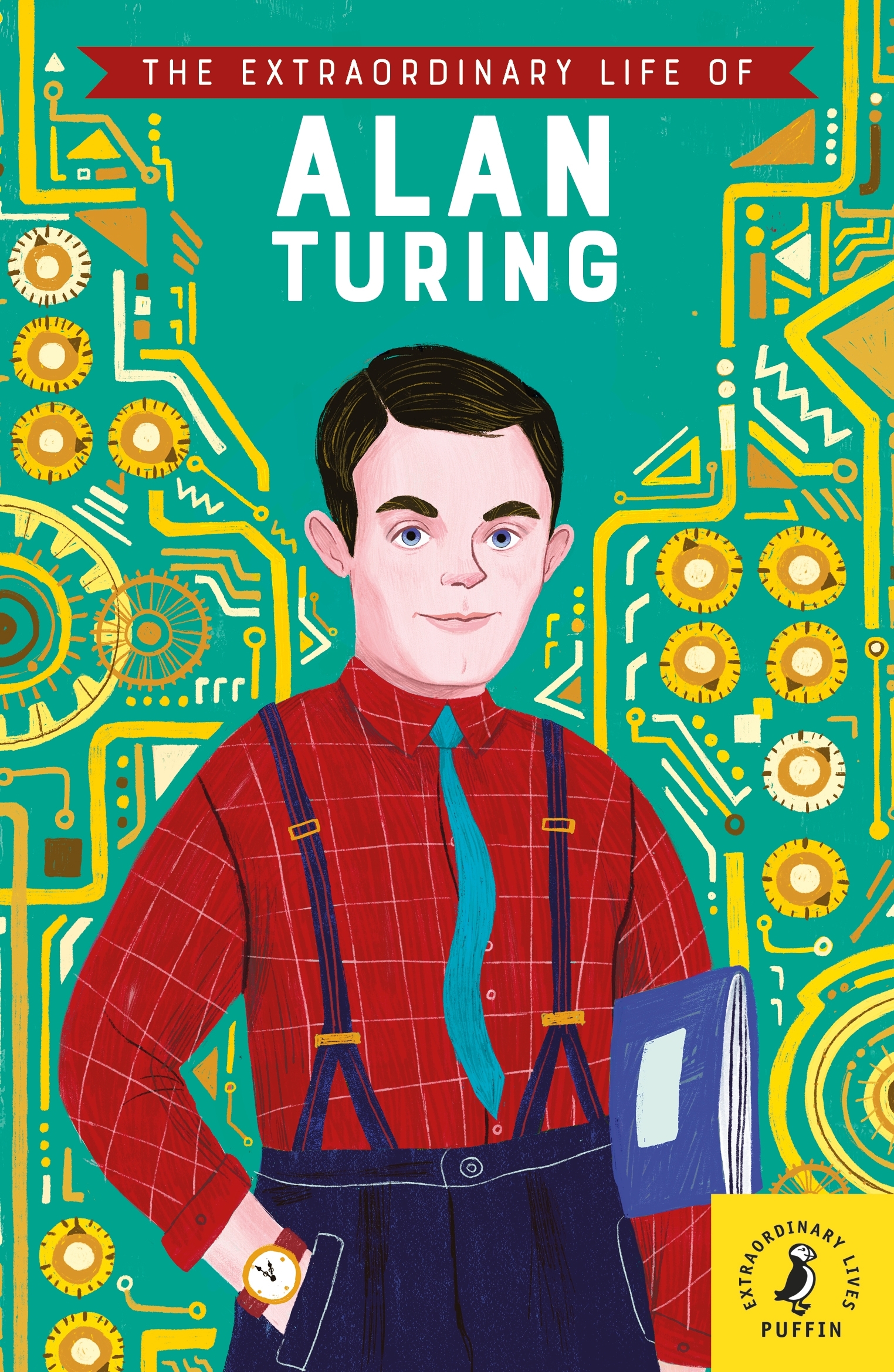

His work cracking the German’s Enigma machine code was, in many ways, the first triumph of computer science. A pure mathematician from a tradition that prided itself on its impracticality, Turing laid the foundations for modern computer science, writes Andrew Hodges: Alan had proved that there was no “miraculous machine” that could solve all mathematical problems, but in the process he had discovered something almost equally miraculous, the idea of a universal machine that could take over the work of anymachine.During World War II, Turing was the intellectual star of Bletchley Park, the secret British cryptography unit. Paper dolls, learning cards, matching games, and other fun learning tools provide even more ways to make the lives of these role models accessible to children.Alan Turing died in 1954, but the themes of his life epitomize the turn of the millennium. The hardcover versions present expanded stories for beginning readers. Boxed gift sets allow you to collect a selection of the books by theme. The board books are told in simple sentences, perfect for reading aloud to babies and toddlers. This empowering series offers inspiring messages to children of all ages, in a range of formats. All of them achieved incredible things, yet each began life as a child with a dream. Little People, BIG DREAMS is a best-selling series of books and educational games that explore the lives of outstanding people, from designers and artists to scientists and activists.


This moving book features stylish and quirky illustrations and extra facts at the back, including a biographical timeline with historical photos and a detailed profile of the brilliant mathematician's life. When his young friend died, Alan retreated to the world of numbers and codes, where he discovered how to crack the code of the Nazi Enigma machine.

Alan grew up in England, where his best friends were numbers and a little boy called Christopher.


 0 kommentar(er)
0 kommentar(er)
